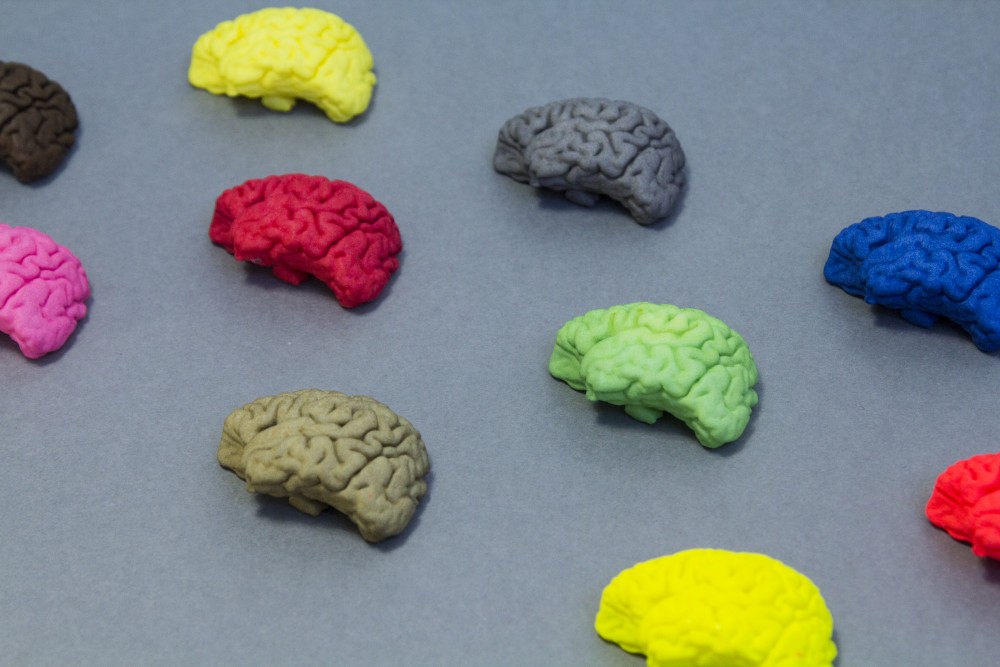Intellectual Property: What can or can’t you do?
Posted By Capucine Lonjon on Aug 10, 2016 | 0 comments
Trademark, patent law, industrial design, model law… All these words sound the same in your mind? You want to launch a new product, print an object and be sure you do it legally? This article is here to make Intellectual Property as simple as possible for you!
We recently edited an e-book describing intellectual property rights (specifically for 3D Printing; it can apply for laser cutting). It is meant to give you the fundamentals and a clear view of what you can and can’t do when 3D printing or laser cutting an object.
You will find in the e-book :
- a definition of each intellectual right (European and American)
- the rights and obligations you can have if the object you use is protected
- the people who might engage their responsibility in case of infringement
Intellectual Property: Definition
The “intellectual property” term refers to intellectual works such as inventions, artistic or literary creations, drawings and models and finally, to names or images used in business.
There is a distinction between:
- copyright: it protects literary works as well as musical, graphic and plastic creations, works of applied art and even fashion designs, etc…
- a trademark is a distinctive sign indicating whether goods or services are produced or supplied by a certain person or a certain company, which serves to distinguish it from all the other goods or services available on the market.
- patent law: it is a title conferring an exclusive property right on a creation to its holder. A special benefit is expected from the invention.
Each of those rights has specific conditions to be valid, and specific application. You will find all the details in our e-book.
Intellectual Property: Rights and Obligations
When you want to 3D print or laser cut an object with our service, the file you choose to upload can come from different sources. You can either use a model you found on another website or draw your own model. In either case, if the design is based on a pre-existing object, caution is advised.
If the file is made from a pre-existing object
In terms of law, it constitutes copying. If you download it from someone else’s drawing or if it belongs to a brand, you have to get the author’s agreement. You are not allowed to duplicate an object for commercial uses. When we receive a design with manifest copyright infringement, we don’t print it or we would engage our responsibility. We are very vigilant to respect the rights of the beneficiaries.
If you create your own file
When uploading your file on Sculpteo’s website, you can choose to have it public or private.
. if you choose to have your file public : Sculpteo has the right to use the object on its platform for other users to select the file and print it.
. if you choose to keep your file private : the file will never be used and no picture of the printed object will be divulged.
If you want to create your own designs and you don’t know how to do it, you can also learn to design your own models, thanks to our tutorials and our design guidelines.
If you upload a file from another website
You can find 3D printing and laser cutting files on open-source platforms. It is possible to download designs that are free of rights. In fact, even if a file is protected by an intellectual property right, exemptions are possible. Creative Commons is a reference to check the rights allocated to a design. You will find specifications suitable for each design at the bottom of the page of each marketplace, and all the explications you need to act legally.
You can check the terms and conditions of sales of Sculpteo here.
Intellectual Property: Engaging your Responsibility
Your responsibility can be engaged differently if you are either:
- the designer/provider: as we saw in the previous part, you have to distinguish the source of your design and check the rights attached
- the intermediate (like Sculpteo’s service):
- the host plays a passive role and is not responsible if their platform hosts illegal content. That’s why you have to check the source yourself when you download a design.
- the publisher is responsible for his content : he has intellectual power on all content by selecting and choosing what is going online
- the final user: “the private copying exception” principle allows everyone to freely copy an object protected by one of the intellectual property rights, only if this copy is to be used in a private setting and is not made to get any commercial gain.
We invite you to check all specifications in our e-book, and hope this helps you to create with serenity!


 Connect with Google
Connect with Google Connect with Facebook
Connect with Facebook